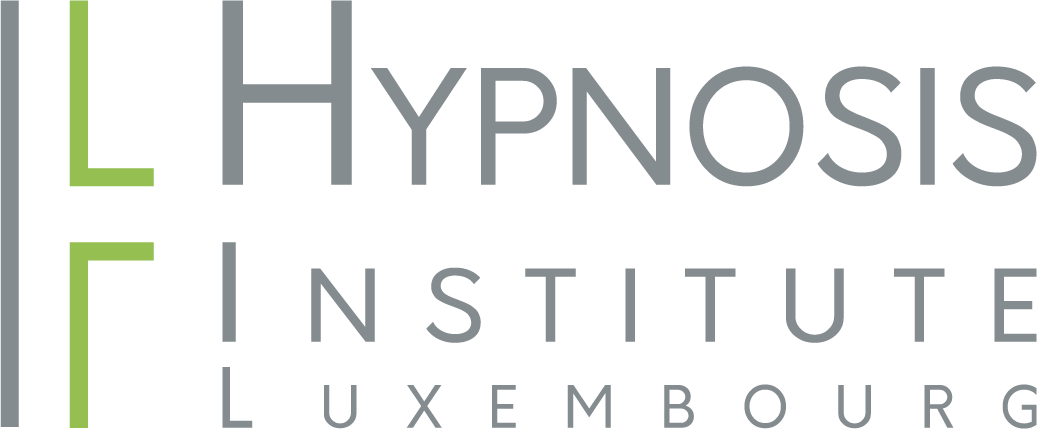Transition to today’s hypnosis
Around 1770, modern science perceived hypnosis, which had been known since ancient times, as a phenomenon detached from a magical-religious background. Franz Anton Mesmer experimented with magnets, which he placed on patients. He called the effect magnetism animalis, but attributed the active forces to the magnets.
Due to Mesmer’s popularity, the process of hypnotizing was also called “mesmerizing” for a long time; a term that still exists in contemporary English
(to mesmerize‚ hypnotize‘).
Alfres Russel Wallace believed that he could prove Gall’s skull map with the help of mesmerization. In a text unpublished during his lifetime, Friedrich Engels criticized mesmerism (in his later phase often synonymous with “somnambulism”) and Wallace’s theories as misconceptions and self-deception.
According to his own account, Engels put a twelve-year-old boy without magnets into a hypnotic state by “gently touching or stroking” him, in order to then let the boy experience the effect of self-discovered Gallic areas of the skull.
He comes to the conclusion that effects only ever occurred when the “patient was made to understand [wurde] what was expected of him.” The hypnotist’s belief in the cranial map unconsciously caused the desired effects to occur in the hypnotized person, just as the magnets were ascribed powers that arose from other causes

Around the middle of the 19th century, there was a conceptual and conceptual change from “animal magnetism” to “hpnotism”.
Devices such as the hypnoscope emerged. The hypnoscope (Greek) is an apparatus constructed by Gustav Wilhelm Geßmann at the end of the 19th century, with the help of which it was thought to be possible to find out whether a test subject could be easily hypnotized or not. The effectiveness of this procedure has not been proven.
In the UK, a relatively large number of people were critical of the process of “mesmerization”. Nevertheless, the English eye surgeon James Braid attended a performance by the magnetizer LaFontaine, the fabulist’s grandson, and discovered that the fluttering of the eyelids could not be triggered voluntarily.
He then experimented with test subjects, asking them to fixate on shiny objects in order to induce a trance state.
In the course of time he rejected the ideas of magnetic animalism and put forward the theory of brain-physiological changes that should take place during a trance. Braid performed numerous eye operations under hypnosis and thus opened up the debate about further application and treatment options.
In the 19th century, France was a leader in the study of hypnosis with the schools in Nancy (Ambroise-Auguste Liébeault, Hippolyte Bernheim) and Paris (Jean-Martin Charcot).
Sigmund Freud became aware of Mesmer’s experiments at Jean-Martin Charcot in Paris in 1885 and tried this method himself to treat patients. This became the starting point for his studies on hysteria. However, he later abandoned this method and devoted himself to his technique of free association.
In the 1930s, hypnotists included Ferenc Völgyesi and Erik Jan Hanussen.
Hypnosis was significantly developed in the 20th century in the German-speaking world, first by Oscar Vogt (1870-1959), then by his pupil Johannes Heinrich Schultz (1884-1970), who developed autogenic training from it, and later by Klaus Thomas.
In the American-speaking world, hypnosis was significantly further developed by Milton H. Erickson (indirect hypnosis), Kroger and Dave Elman (authoritarian hypnosis).
In England, John Hartland is one of the best-known hypnotists. His book Dictionary of Medical and Dental Hypnosis is one of the official training textbooks for British hypnosis doctors.
Erickson founded a new form of hypnotherapy, which is now considered the most modern form and from which other psychological methods, such as neuro-linguistic programming (NLP), developed.
